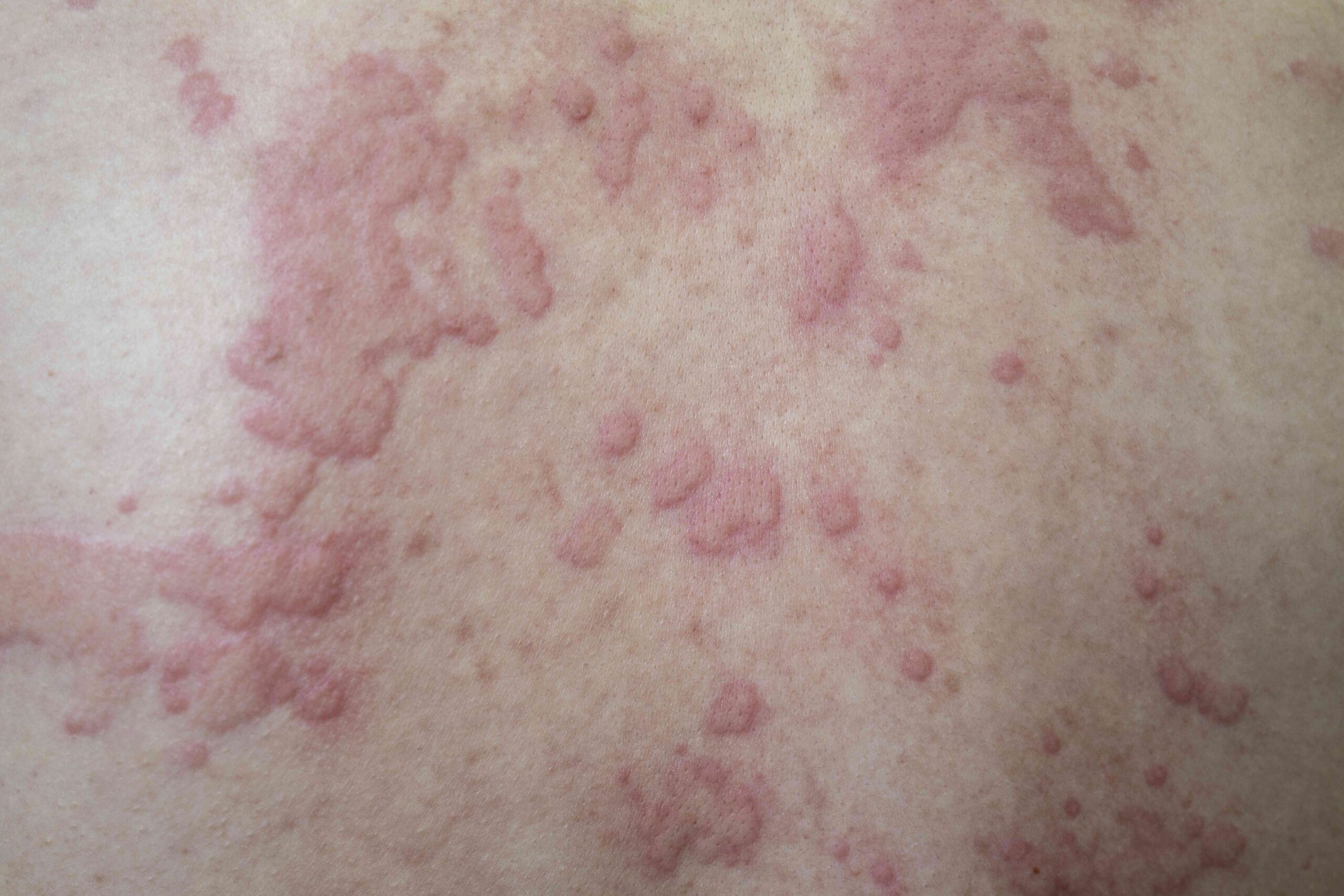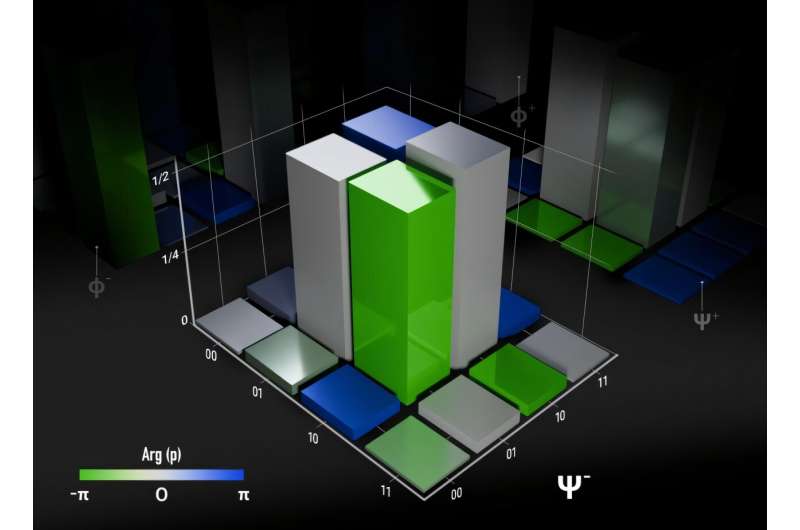Edit Content
Trending






| Symptoms of hives | Symptoms of eczema | |
|---|---|---|
| Itchiness and sensitivity | Itchiness, burning | Itchiness, burning, skin sensitivity |
| Rash appearance | Wheals, or red or skin-colored bumps or welts, which can become areas of swelling | Red, dry patches of scaly skin |
| Lesion appearance | Blanching, where the center of the wheal turns white when pressed | Rashes, scabs that leak clear fluid |
| Co-occurring conditions | Angiodema, swelling in the skin, which can spread to the mouth or throat | Hyperkeratosis, a hardening or thickening of the skin, small bumps |
| Complications | Dermatographism—a form of physical urticaria—develops after scratching the skin | Areas of swelling |
| Cyclic symptoms | Wheals appear and change quickly, resolving within 24 hours | Symptoms have periods of activity and remission |
Hives appear as raised red or skin-colored wheels (welts) that can vary in size and shape. When pressed, these wheals often blanch in the center. They usually resolve after minutes to hours and within 24 hours—although they may appear somewhere else on the body beyond that timeframe.
HengDao / Getty Images
HengDao / Getty Images
wisely / Getty Images
Eczema presents as red, dry, scaly patches of skin that may thicken over time. The affected areas can leak clear fluid, develop scabs, and feel rough due to hyperkeratosis (thick, dry skin) or small bumps.
Ladanifer / Getty Images
PansLaos / Getty Images
While the symptoms of eczema and hives differ, there also are several other major differences. Here are some of the most significant differences:
Hives are an immune response, with the symptoms arising when chemicals called histamines are released in the blood. Many different things can cause and trigger hives, including:
Idiopathic hives are hives that occur without a known cause.
In contrast, eczema is a chronic inflammatory condition. The exact cause of eczema is not clearly understood. In some cases, genetic factors play a role in affecting the skin’s ability to retain moisture.
While all people are susceptible to hives and eczema, these conditions have different risk factors.
Hives are primarily caused by an allergic reaction (often to a medication or food), elevated stress, infections, and autoimmune diseases. They’re also more common in people assigned female at birth.
Risk factors for eczema include:
While eczema is not a sign of a life-threatening condition, hives can be. Hives are sometimes part of a body-wide allergic reaction known as allergic shock or anaphylaxis. This potentially fatal medical emergency prompts calling 911. Some additional signs of anaphylaxis include:
While hives and eczema are different in many ways, the two skin conditions also have several similarities:
While it can happen at any age, infants and children are more likely to develop eczema. About 75% of people with childhood eczema see their symptoms resolved by adolescence.
Similarly, children and infants are at increased risk of developing hives. Acute forms of this condition resolve within six weeks and are most prevalent in those under 5.
While there are differences in how healthcare providers treat chronic hives and eczema, there’s significant overlap. Therapies that may be effective for both include:
Though both conditions can significantly impact quality of life, neither hives nor eczema is contagious. However, the underlying causes of hives, such as bacterial or viral infections, can sometimes be spread from person to person.
Eczema can also become infected by a bacteria like Staphylococcus aureus or a virus like herpes simplex virus (HSV). This could cause the bacterial or viral infection to be passed from person to person.
Skin conditions and mental health are closely linked and can influence each other. Stress raises cortisol levels and causes an inflammatory response, which can increase the risk of outbreaks of both hives and eczema.
As such, finding healthy ways to cope with stress may help prevent and manage these conditions. Methods that may help range from gentle exercise, meditation, or yoga to psychiatric therapy or counseling.
Both hives and eczema occur due to an inflammation response in the body, but they have separate triggers and causes. For this reason, it’s possible for them to overlap.
Studies have linked chronic hives with atopy, a predisposition to develop allergic diseases like asthma and eczema. Because both conditions can cause swelling and itchiness, diagnosing them also involves differentiating between them.
If you suspect you have hives or eczema, know when you need medical help. Signs to call your primary healthcare provider include:
Generally, your healthcare provider or pediatrician will diagnose hives and eczema. They may sometimes refer you to a dermatologist (a specialist in skin conditions) or allergist (a specialist in allergic diseases) for treatment.
While you can contact a specialist without a referral, doing so may affect your insurance coverage. Make sure you understand the potential costs of treatment. The following professional medical organizations and boards may be good resources when looking for a specialist:
Hives and eczema are common skin conditions that share some traits but also have significant differences.
Hives cause bumps or welts on the skin, while eczema leads to rashes and dry and scaly skin. The former typically resolves within one week, and the latter is chronic. Treatment options include medications and avoiding triggers.
©2024. Livebuzznews. All Rights Reserved.